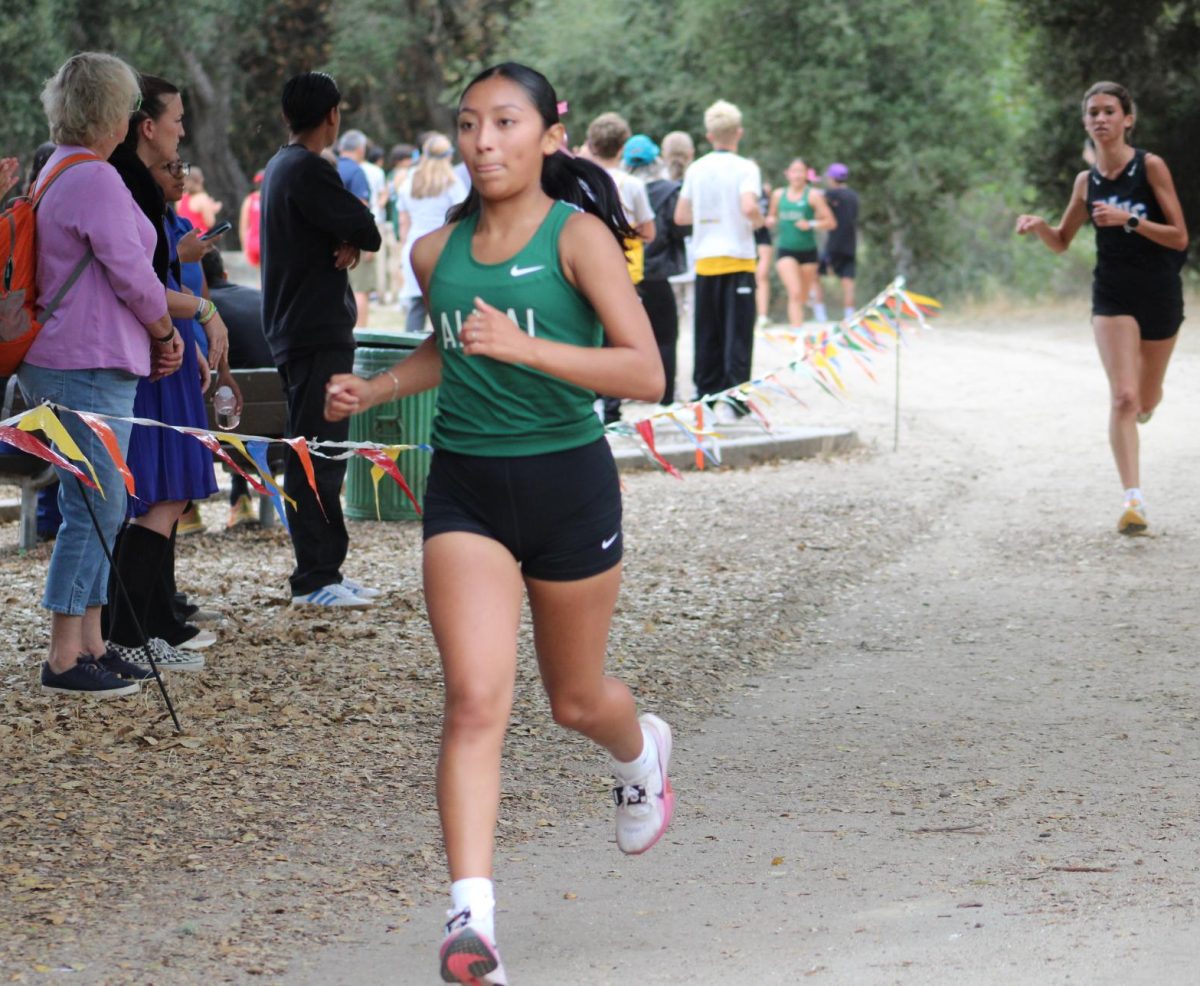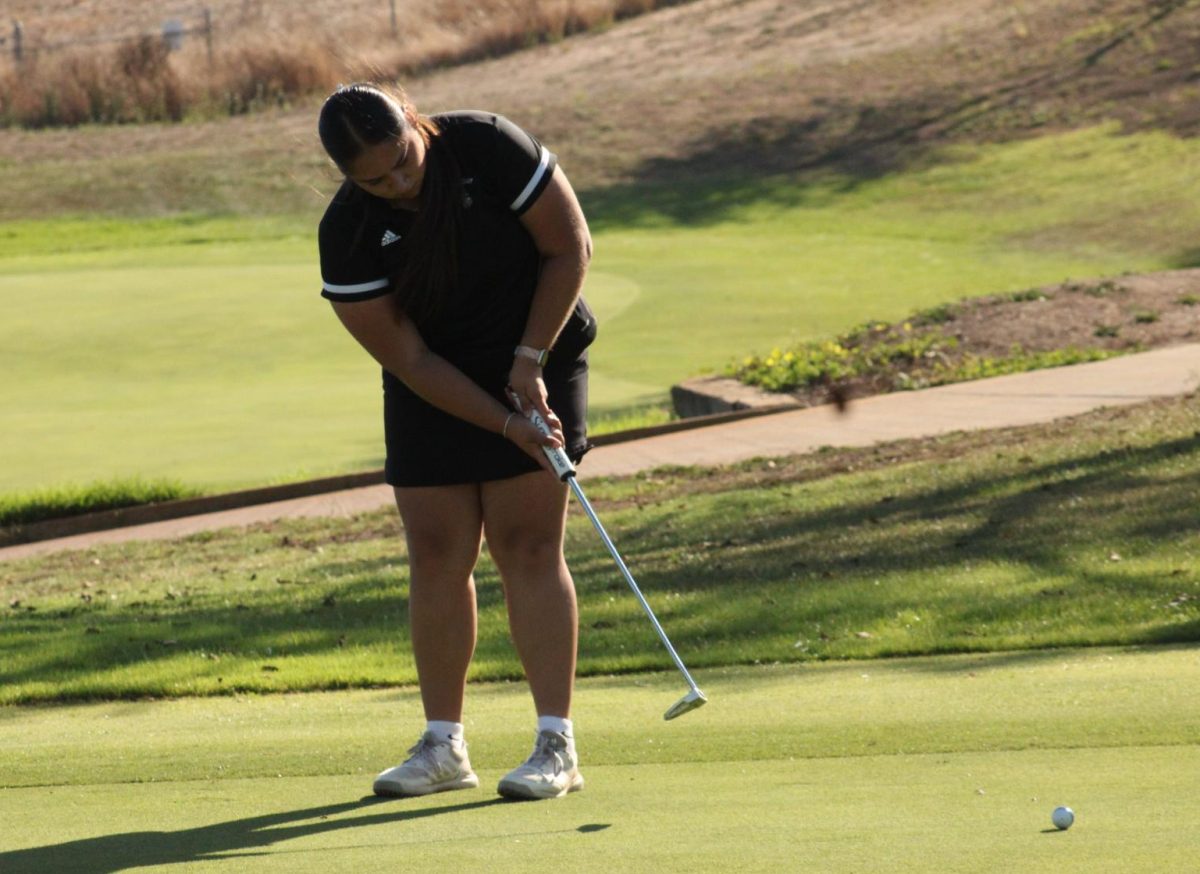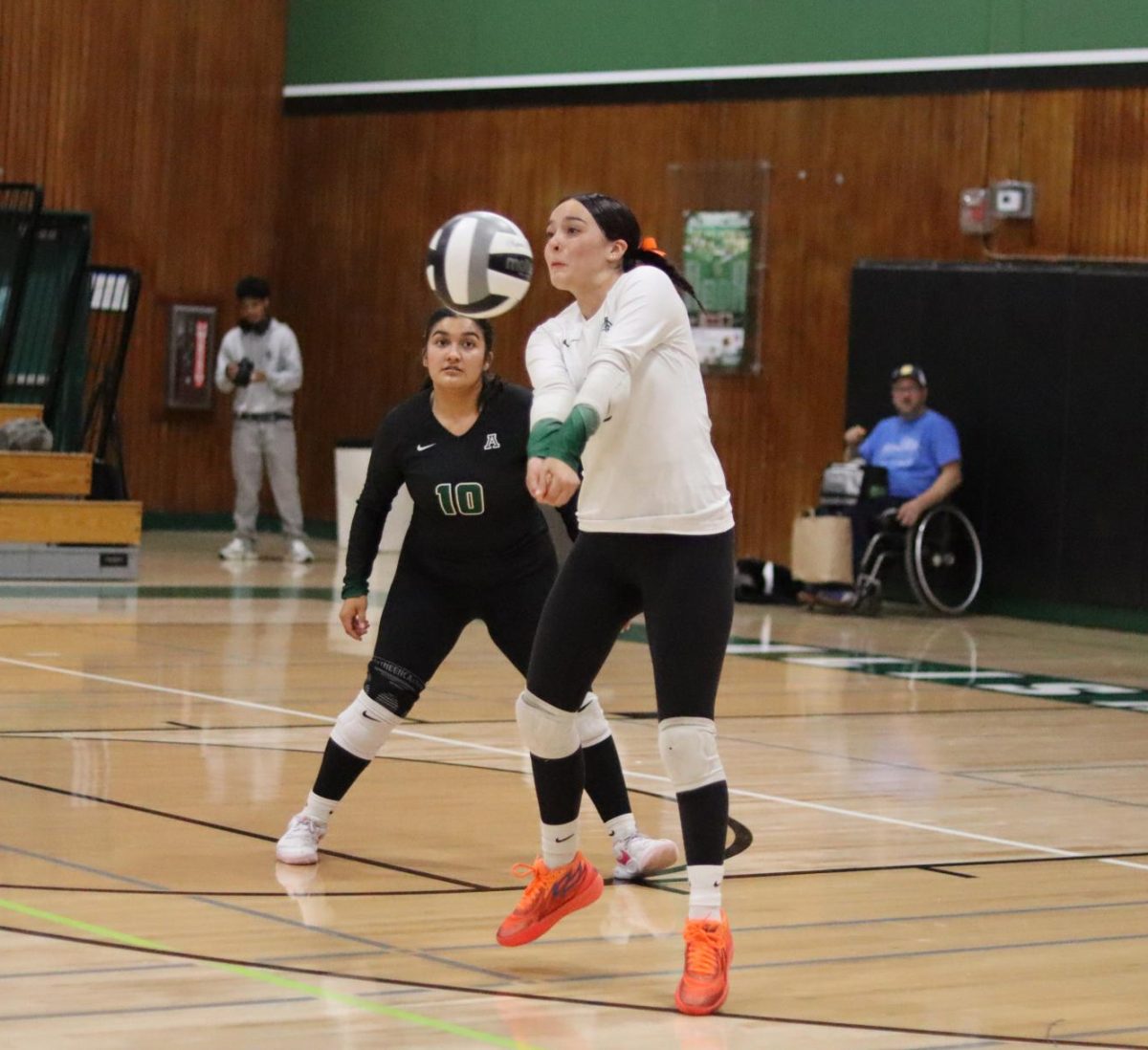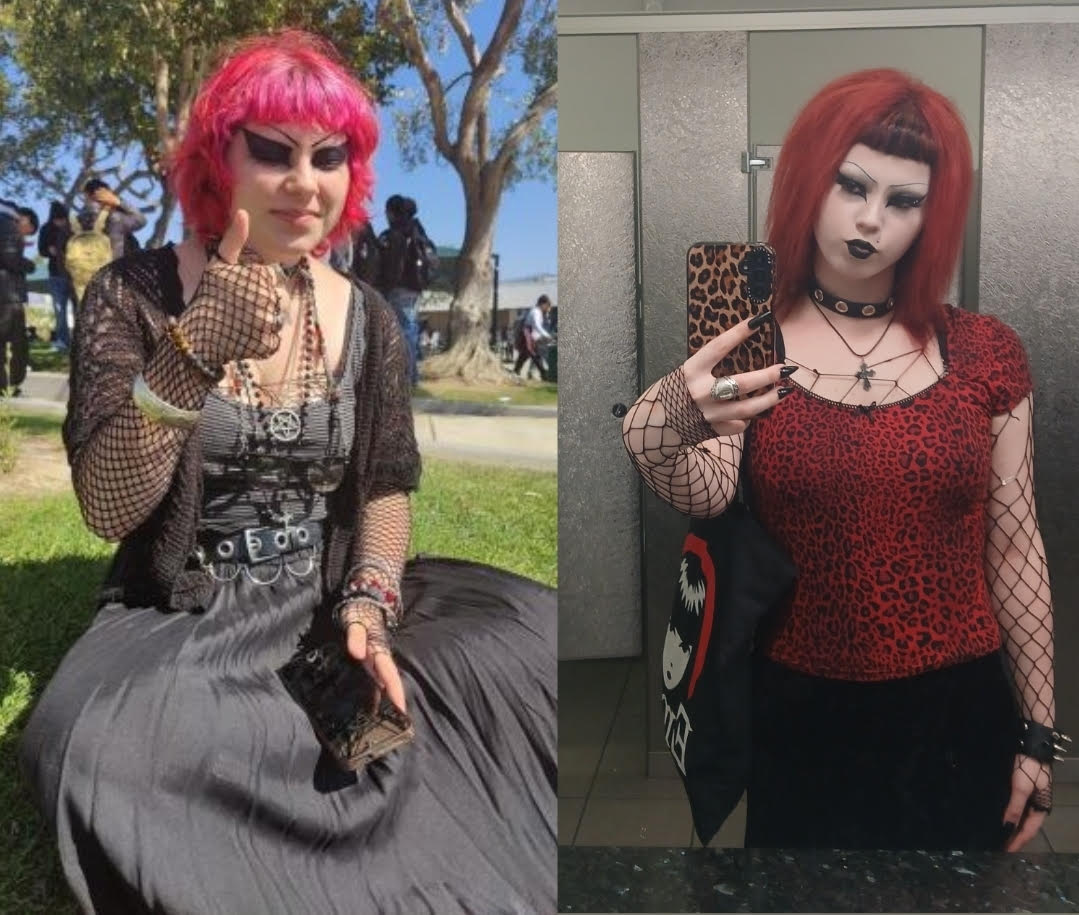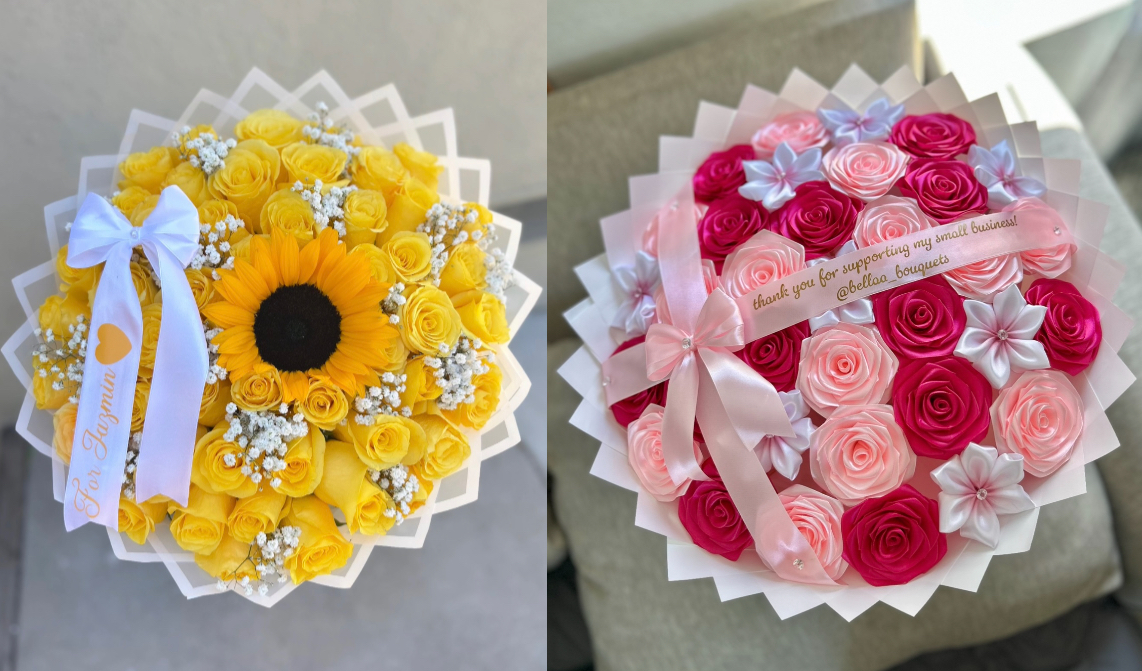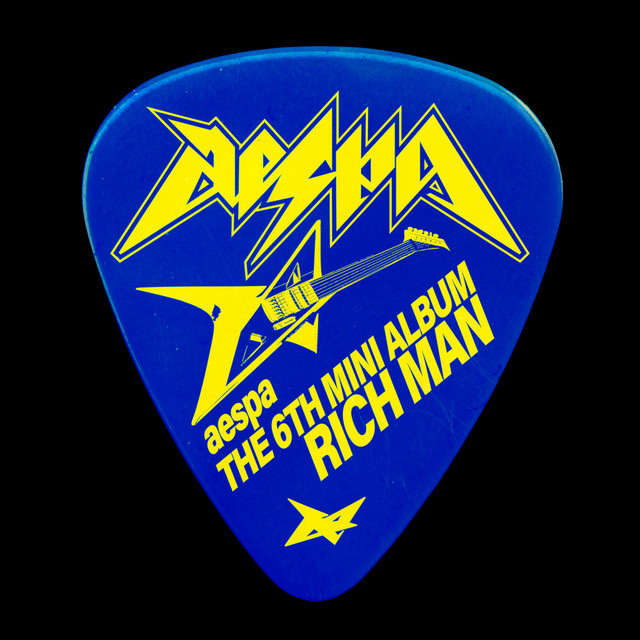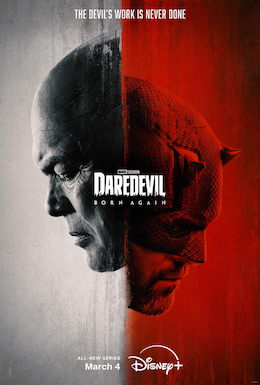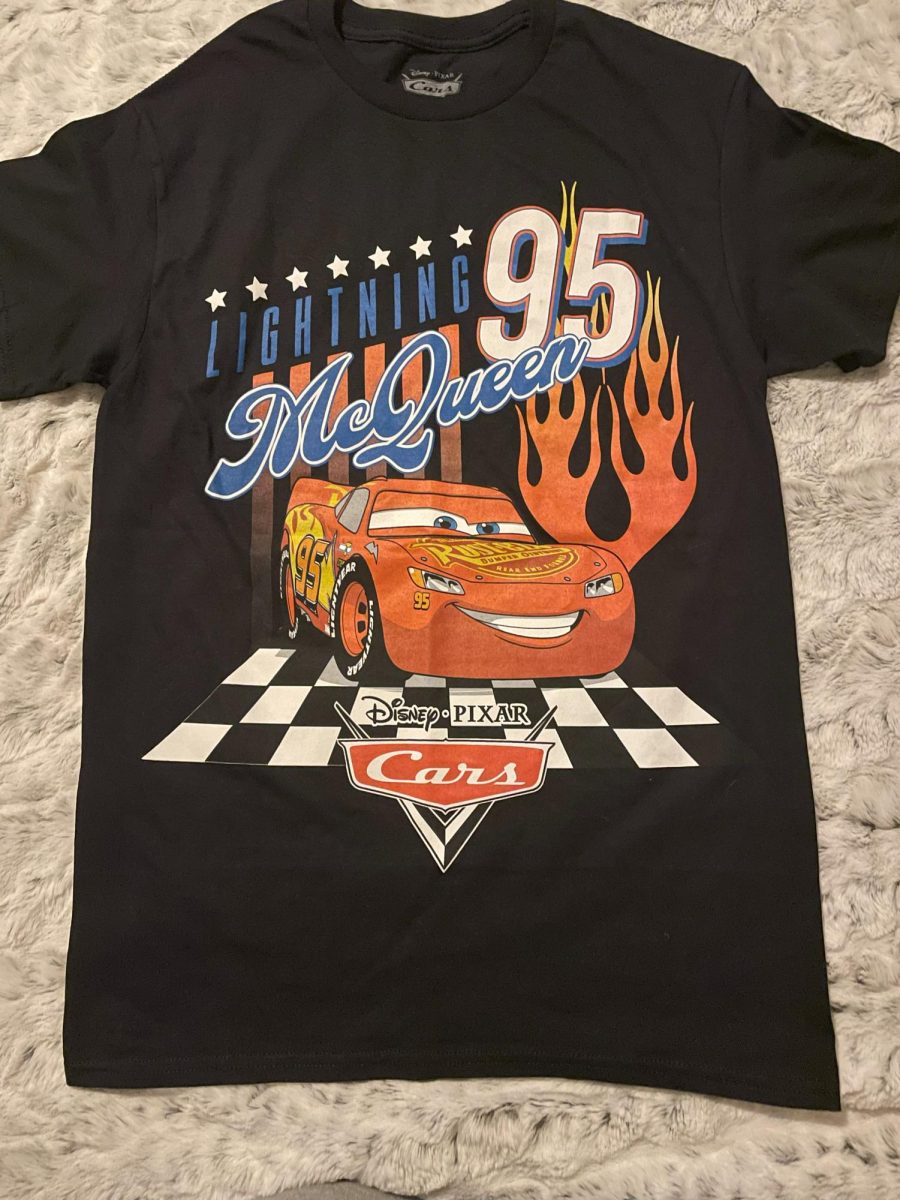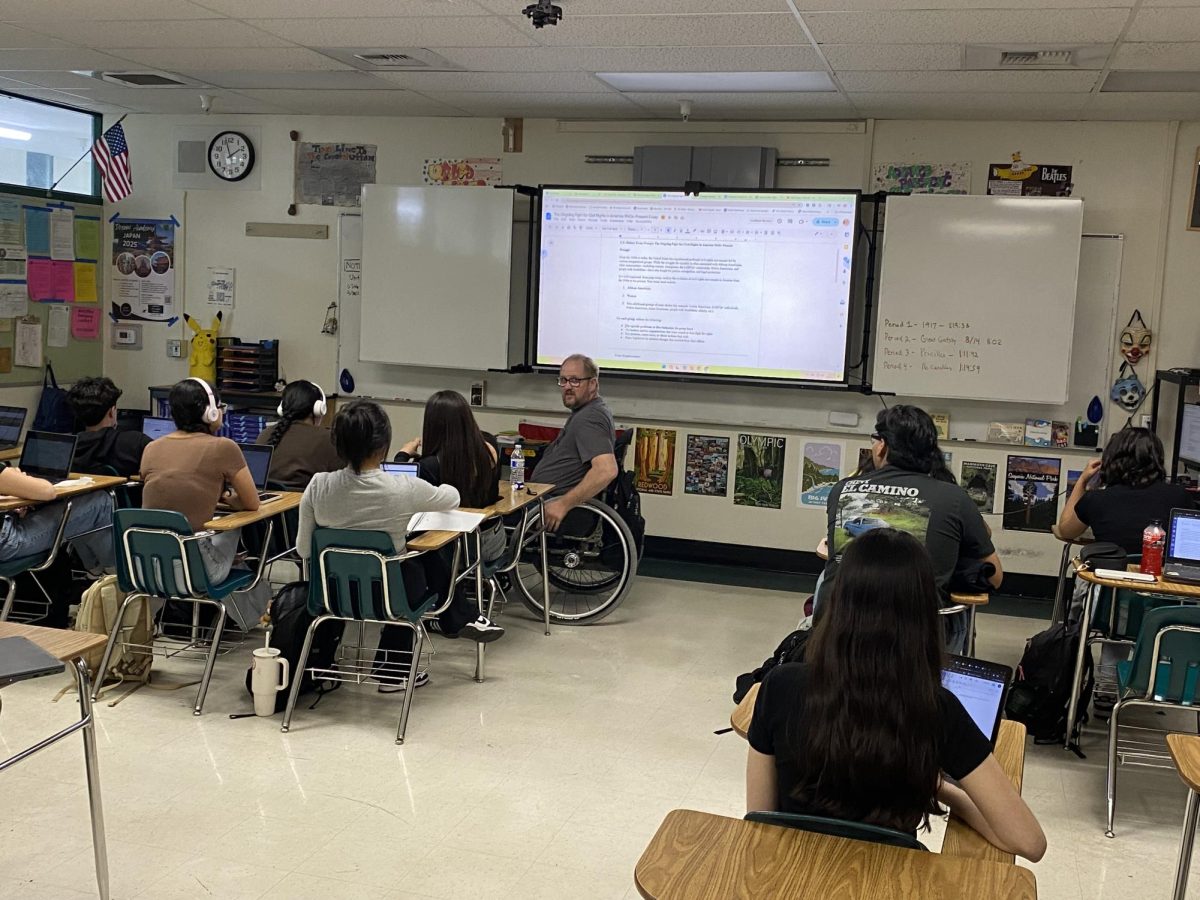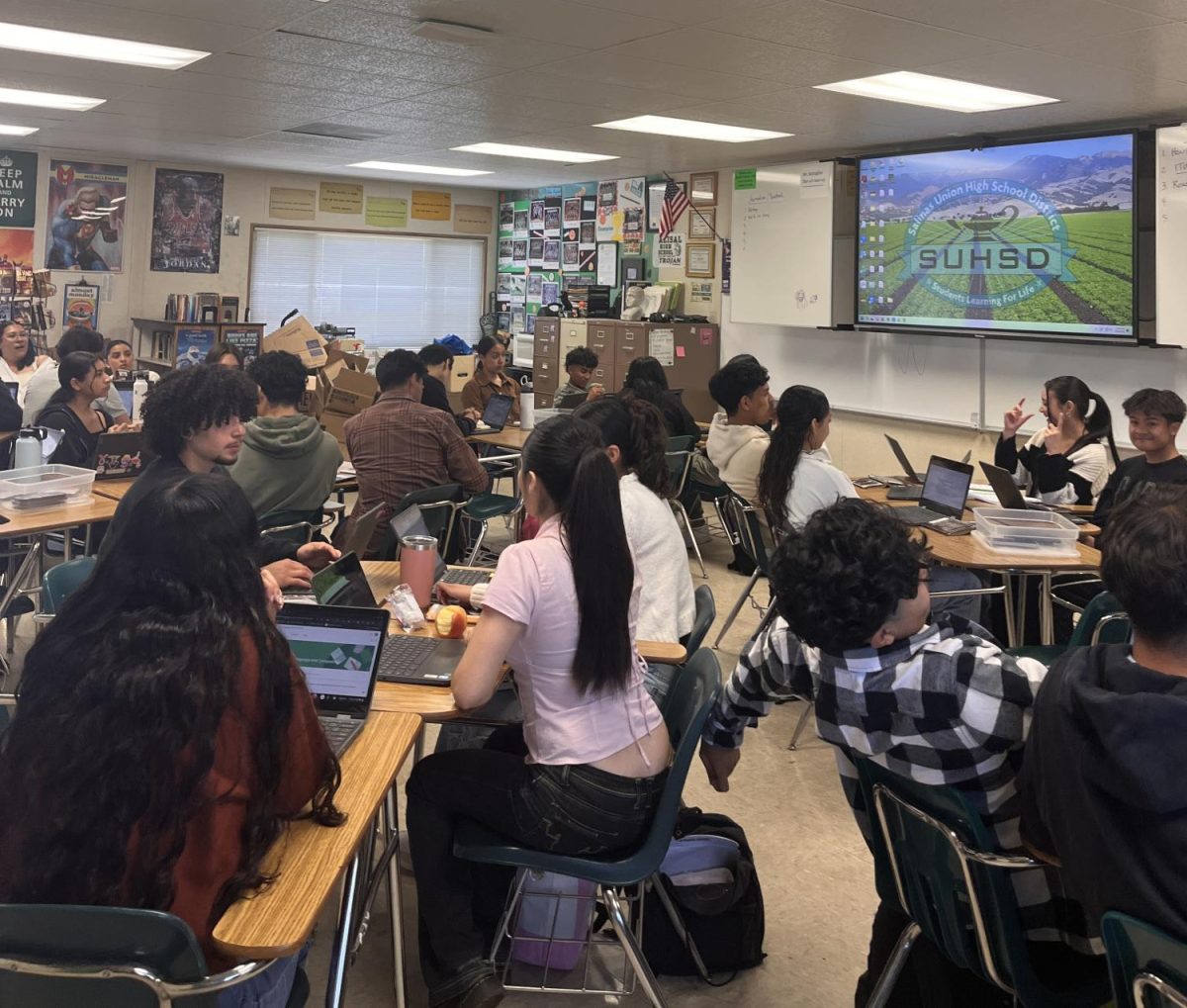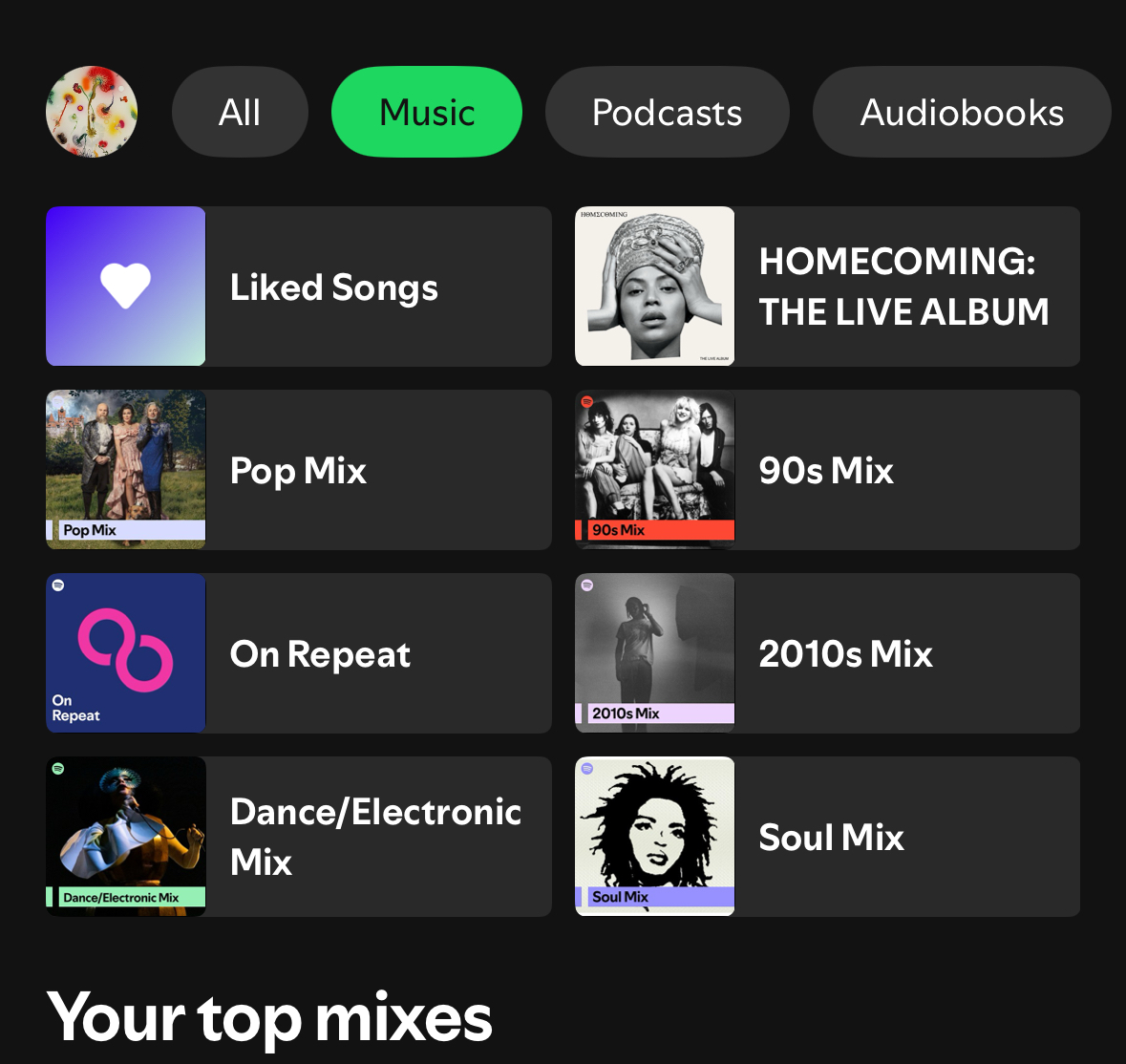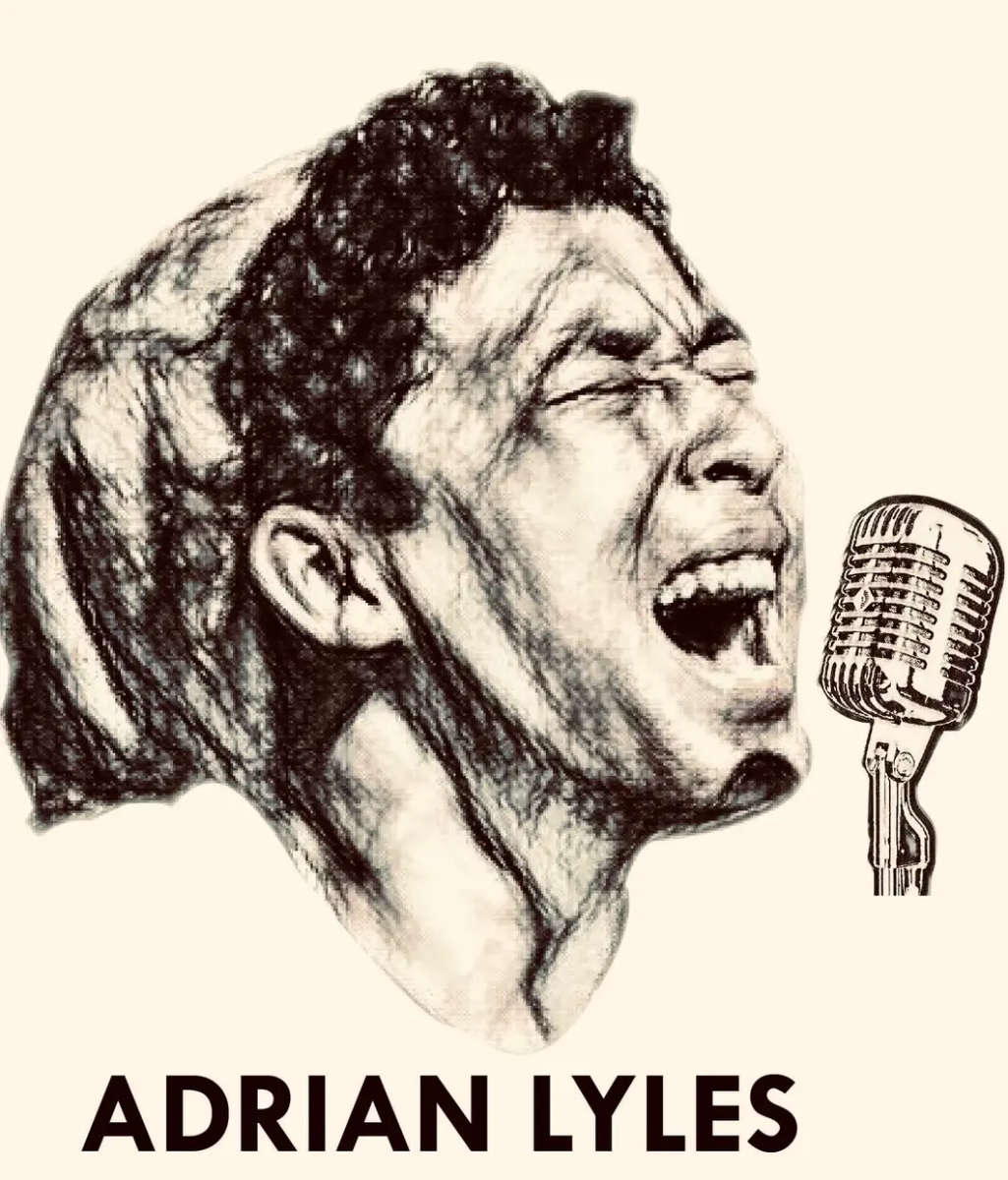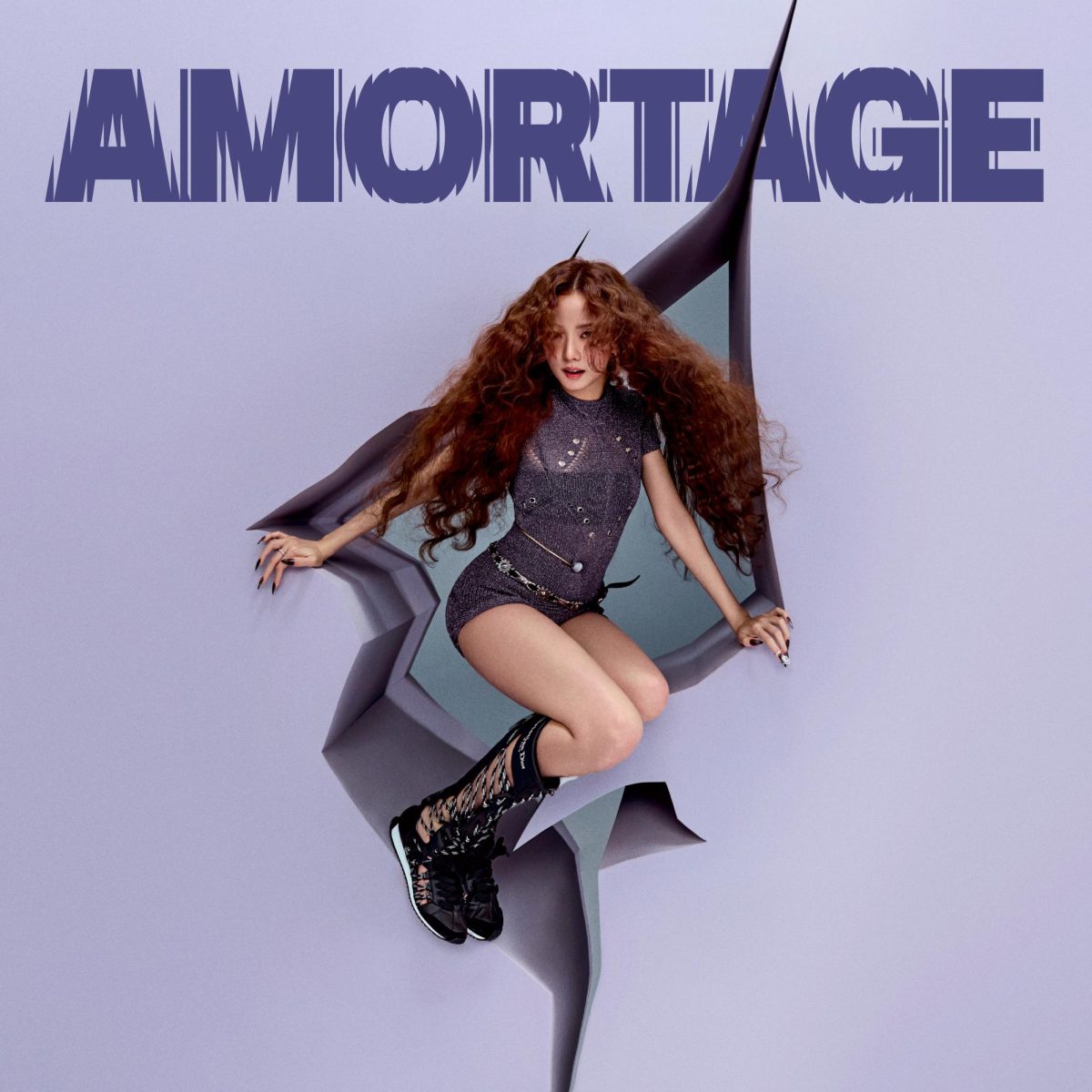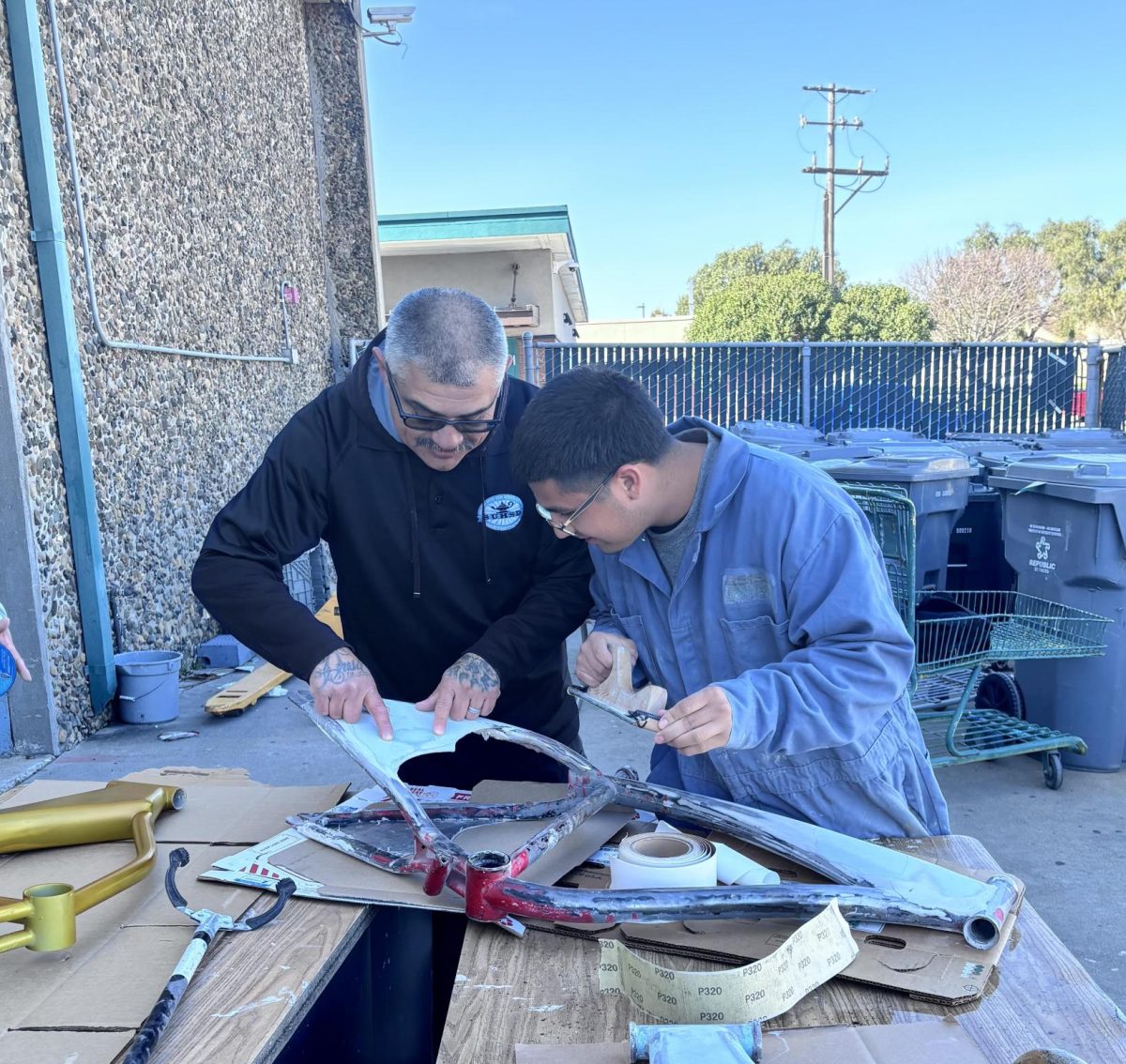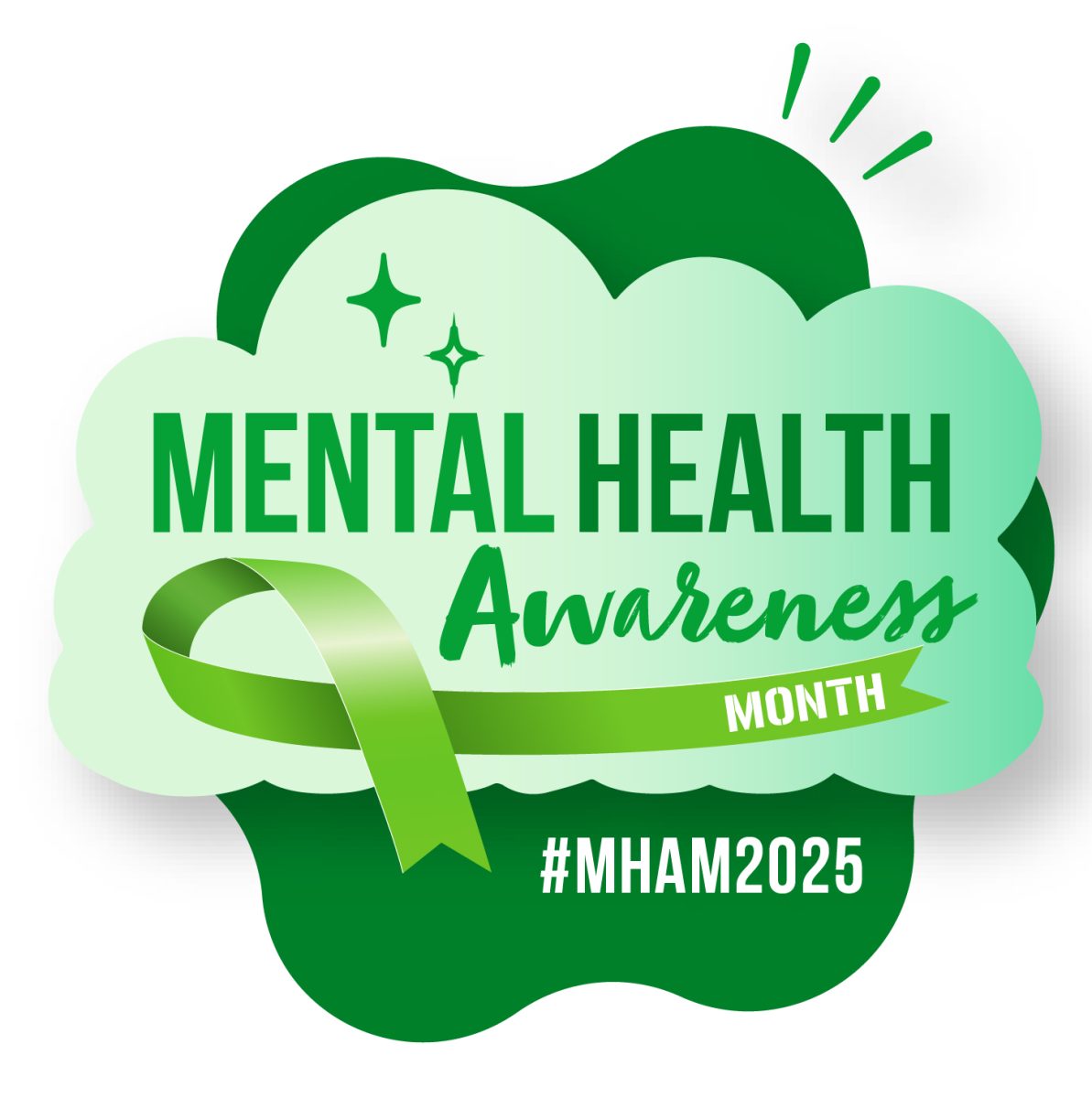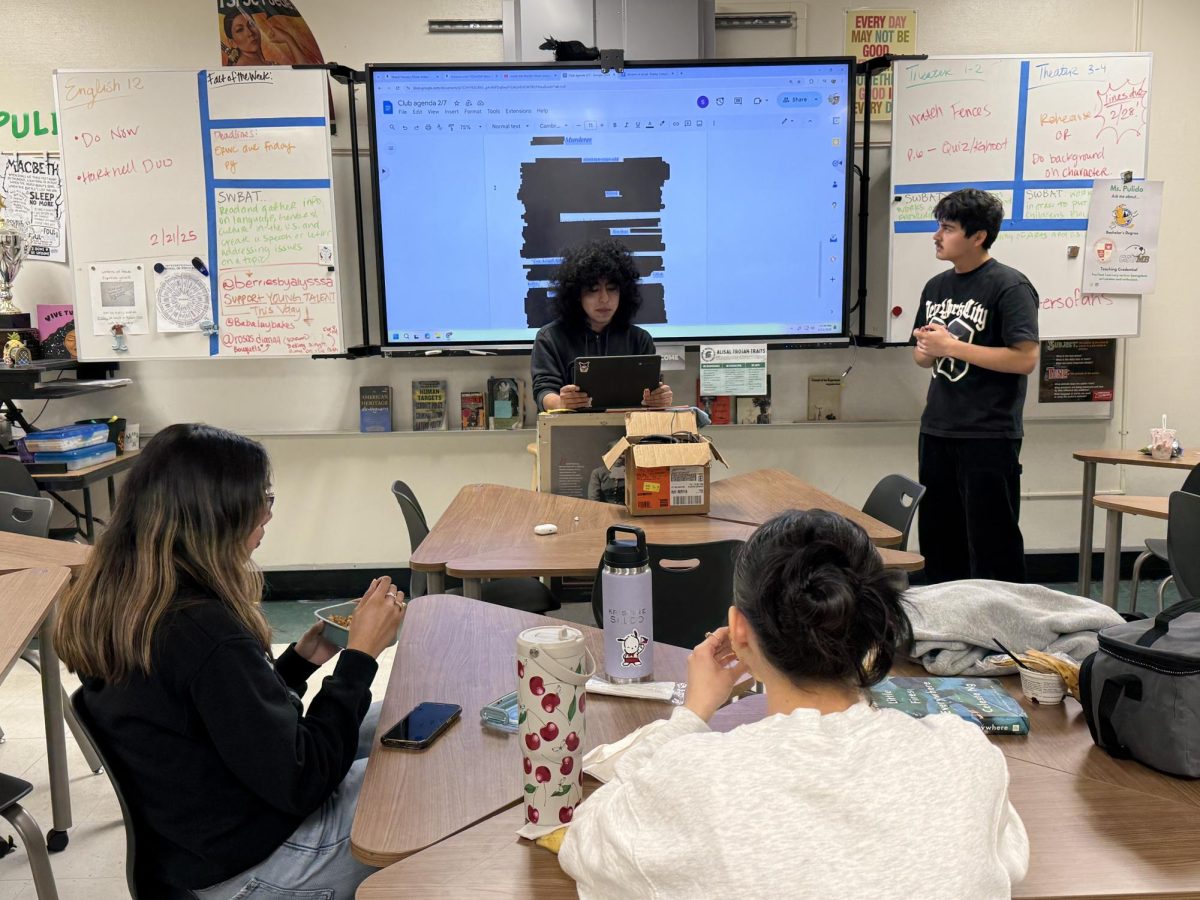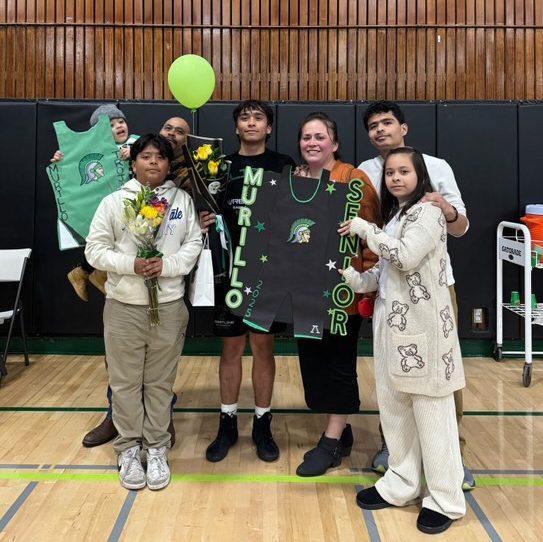The desire to fit in is something everyone experiences at some point, no matter their age. It’s part of being human. We want belonging, validation, and a sense that we matter to the people around us.
But for teenagers, that desire often feels amplified between school environments, social media, and the constant cycle of fast changing trends. It can feel impossible to know where you end and everyone else begins.
Platforms like TikTok, while offering a creative outlet, also fuel those pressures. Videos filled with polished aesthetics, perfect outfits, and curated lives create invisible standards that most people can’t maintain. What’s trendy one week is outdated the next, and suddenly you’re behind.
Even the rebellion against trends, through “alternative” or “anti-aesthetic” styles can become its own form of conformity. You start worrying if your look is “authentic enough”, if your vibe matches the one you’re trying to emulate. The cycle repeats itself, just in darker clothing. To me, focusing too much on aesthetics and labels only boxes you in. The freedom to express yourself comes when you stop performing and start being.
Growing up though, I didn’t feel that freedom. I spent years trying to blend in. From an early age, I remember constantly comparing myself to others. I’d look at the girls in my class and wonder what made them prettier, cooler, or more likable. I’d copy their clothes, their makeup, their mannerisms, anything that might make me feel accepted. But the more I tried to fit in, the more disconnected I felt from myself.
I used to stare at my reflection in the mirror and pick myself apart, my hair, my clothes, my features, nothing else ever felt good enough. I’d create an unrealistic version of myself in my head, built from all the things I admired in others. I told myself that if I could just look right, everything else would fall into place. All I really wanted was to be liked, to be seen as someone worth knowing. For years, I thought that meant becoming someone else.
Growing up, I was surrounded by influences that shaped my love for alternative fashion and music. I often tagged along with my mom to various bars and basement shows to support my dad’s punk band. Immersed in that world, I was captivated by the colorful mohawks, tattoos, and unapologetic individuality of the people around me.
Even in my childhood media, I gravitated towards darker, stranger characters like Ruby Gloom and Marceline from Adventure Time, girls who were different, but didn’t seem to care what anyone thought. My dad’s car playlist, full of artists like Linkin Park, Slipknot, Bad Religion, Blink-182, and The Descendents were the roots of my love for punk and metal music.
It wasn’t until COVID lockdown that I began to explore my style. Stuck at home, I started experimenting with makeup and styles, taking inspiration from alternative outfits online. I gravitated towards gothic fashion, donated all of my old clothes, and rebuilt my wardrobe entirely in black.
DIY is a big aspect of alternative culture, so I’d take apart jewelry or upcycle clothes into something unique, learning to express creativity through what I wore. I taught myself how to do my eyeliner until it became muscle memory, eventually shaving my eyebrows off to give myself more creative freedom. My face became my canvas.
When school reopened, my look definitely turned heads. Naturally, not everyone took it well. In middle school, being “different” typically makes you a target, and I was no exception.
I got stares, insults, and rumors, but for the first time, I didn’t care. COVID has given me the time to find myself. Even if my look wasn’t what other people would call “pretty”, it was mine. I was no longer dressing for approval, I was dressing for me.
After the change, I often get compliments from strangers, my favorite being from small children. Their curiosity reminds me of the little version of myself who once admired others for being bold enough to stand out. Older people sometimes ask why I choose to dress the way I do, keeping in mind that punk and gothic styles are regarded as acts of rebellion in their generation. And the answer is simple: It makes me feel like me.
Now, I stopped focusing on goth and aimed my style to simply whatever I like. I still associate my style and take a lot of inspiration from goth, maybe I’ll go full trad goth (characterized by big, backcombed hair, paired with pale foundation and heavy, stylized black eyeliner.) here and there, but I love and always appreciated all sorts of styles.
I feel much more comfortable and easier to pick out an outfit when I’m not focusing so hard on fitting into a box or a specific aesthetic, but rather wearing what makes me feel confident.
It’s not rebellion, or a trend, or for attention. It’s about finding comfort in one’s own self and using fashion as a form of expression. In the end, finding yourself isn’t about fitting in or standing out, it’s about being at peace with who you are. The more I’ve embraced that, the freer I’ve felt, and the more I’ve realized that self expression isn’t about rebellion or trends, It’s about authenticity.
Fitting in is something we’re all wired to want, but when you stop trying to meet everybody else’s standards, you start meeting your own. Embracing every feeling, every flaw, and every version of yourself, helps you realize that standing out can be its own kind of freedom, and that is worth more than somebody’s approval.

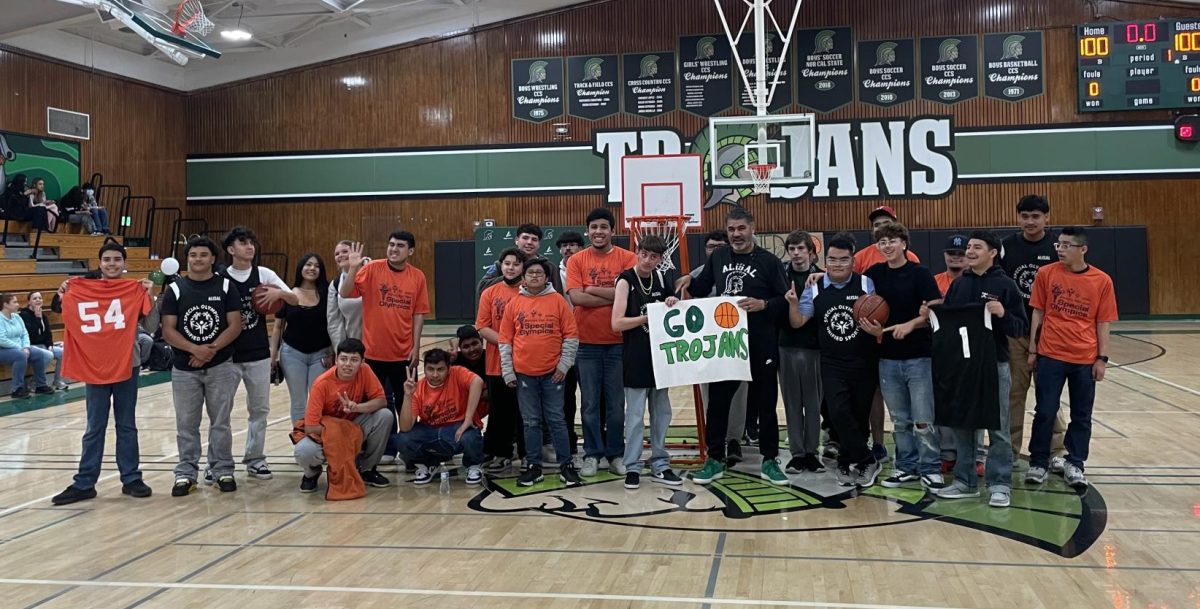
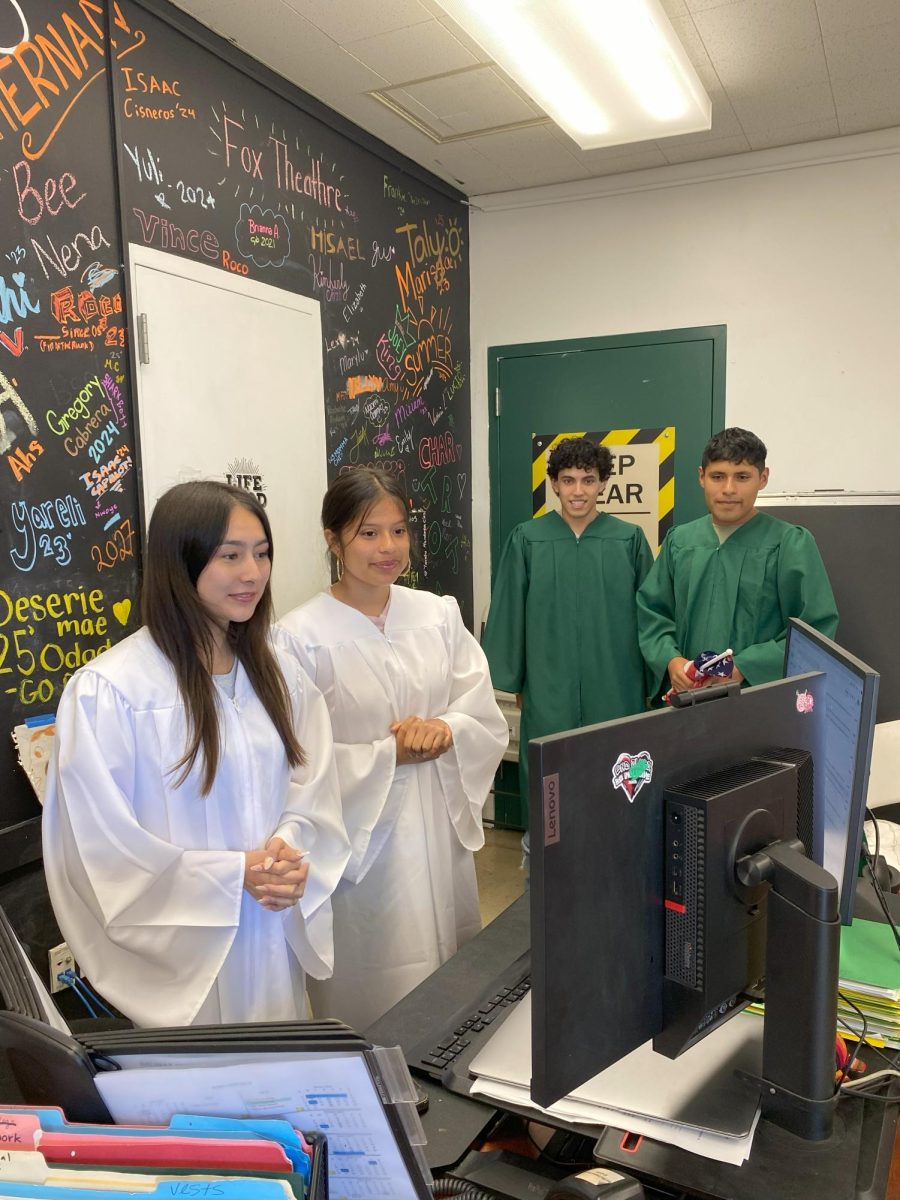
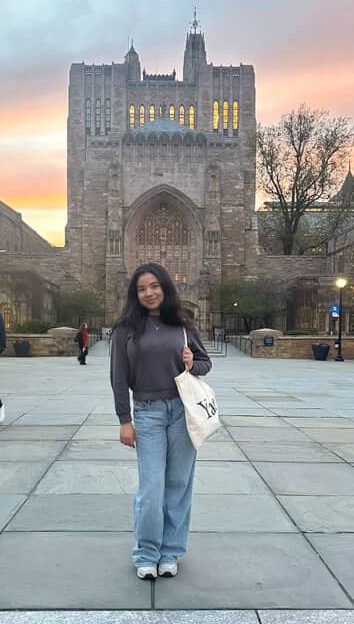
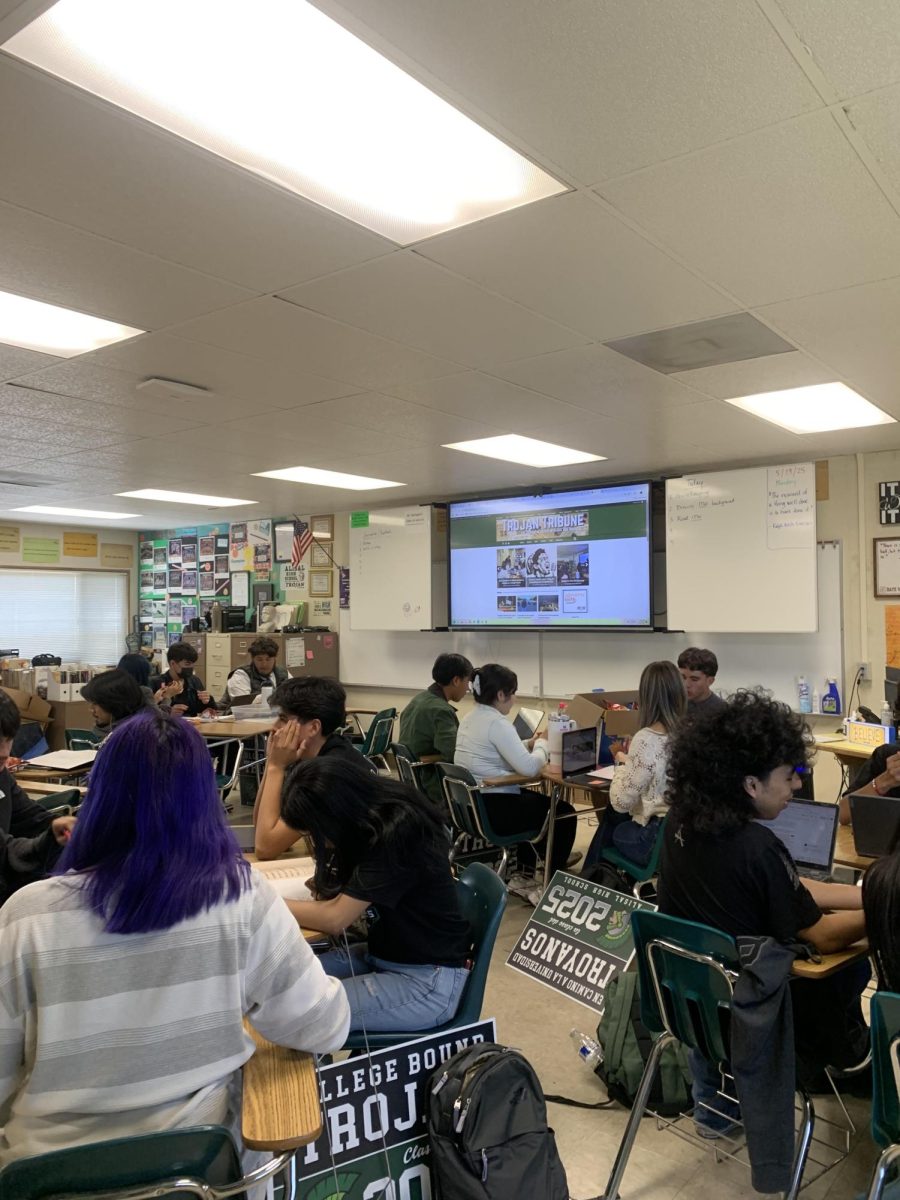

![Senior Jayden Duarte dives across the goal line for one of his five touchdowns in a dominant 62-40 victory over Monterey. It has been a highly successful season for Duarte, and he credits his coaches for putting him in positions to succeed and make key plays. “The goal is to help wherever the coaches need me, receiver, running back, [and] DB,” he said.](https://alisaltrojantribune.com/wp-content/uploads/2025/10/IMG_3599-2-1200x800.jpg)
